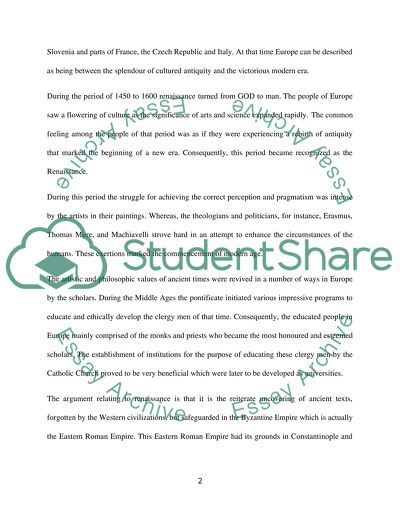Cite this document
(“Relationship between the Renaissance and the Greco-Roman world Essay”, n.d.)
Retrieved from https://studentshare.org/literature/1426717-relationship-between-the-renaissance-and-the-greco-roman-world
Retrieved from https://studentshare.org/literature/1426717-relationship-between-the-renaissance-and-the-greco-roman-world
(Relationship Between the Renaissance and the Greco-Roman World Essay)
https://studentshare.org/literature/1426717-relationship-between-the-renaissance-and-the-greco-roman-world.
https://studentshare.org/literature/1426717-relationship-between-the-renaissance-and-the-greco-roman-world.
“Relationship Between the Renaissance and the Greco-Roman World Essay”, n.d. https://studentshare.org/literature/1426717-relationship-between-the-renaissance-and-the-greco-roman-world.


